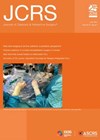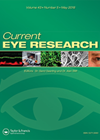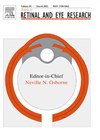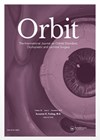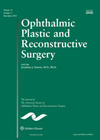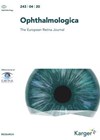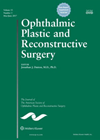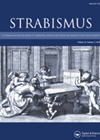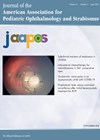
Journal Reviews archive for October 2021
Dead bag syndrome: a new and rare cause of late IOL dislocation
The dead bag syndrome has recently been described as a cause of late spontaneous intraocular lens (IOL) subluxation and / or dislocation. The capsular bag remains clear years after surgery and then becomes diaphanous and floppy. The authors explanted seven...
The posterior capsular rupture rate post COVID-19 pandemic
In this retrospective single centre consecutive case series, the authors investigate the effect of suspending elective cataract surgery during the COVID-19 pandemic for a period of 19 weeks. They divided the study period, September 2019 to January 2021, into three...
Clinical outcomes of a supplementary sulcus IOL
In this retrospective study, the authors examined 31 eyes of 20 patients who had received a supplementary trifocal sulcus IOL in addition to a ‘bag-in-the-lens’ IOL. Implantation of a ‘bag-in-the-lens’ IOL requires the creation of anterior and posterior capsulotomies, followed...
Acanthamoeba keratitis
This is a retrospective case series on medical records and corneal photographs of 40 eyes of 35 patients with acanthamoeba keratitis (AK, culture positive or with histopathological diagnosis). The mean age of onset was 30 ±15 years (younger in females)....
A pulsatile pump in the TM, a new concept in trabecular outflow research
This is a research article where the authors propose a new model in conceptualising the mechanisms involved in the aqueous outflow at the trabecular meshwork (TM). The authors demonstrated evidence of a pump within the Schlemm’s canal. A pulse generated...
One-week intubation in external dacryocystorhinostomy
Whether to routinely intubate or not in dacryocystorhinostomy (DCR) surgery has been a subject of controversy among lacrimal surgeons. Similarly, if intubated the timing of removal of stent is not standard. Here, the authors carried out a survey of their...
Sebaceous gland carcinoma
This is a review of 241 patients diagnosed with periocular sebaceous gland carcinoma which investigates whether age at presentation influences either the clinical presentation or the outcomes of treatment. Twelve percent of patients were classified as young (<40 years old),...
The willingness of patients to participate in an eye donation registry for research
This paper explores the willingness of ophthalmic patients to donate their eyes post-mortem for research purposes. A total of 300 German patients with a median age of 70 years (range 19-95) completed the standardised questionnaire; 45.3% were female and the...
Effect of postoperative swelling on lid surgery outcomes
This is a review of patients undergoing upper lid external levator resection ptosis surgery or blepharoplasty, to assess whether the degree of early postoperative swelling affects the final lid position. Twenty-five patients undergoing ptosis surgery and 29 upper lid blepharoplasty...
BT for retinal detachment strabismus (2020)
The authors report updated experience on factors influencing botulinum toxin (BT) outcomes for strabismus following retinal detachment surgery. This was a retrospective review of 32 patients with follow-up of 20 months (1-132). Mean age at BT injection was 44 years...
Rectus muscle insertion shift at surgery
The authors conducted this study to evaluate the shift in rectus muscle insertion when the muscle is disinserted from the globe but before it is recessed and / or transposed. They measured the amount of central rectus muscle insertion shift...
Defining of a successful surgery for different types of strabismus
The authors present the results of a Delphi study, following on from their previous work which defined successful general outcomes for strabismus surgery. This study aimed to define success outcomes for specific types of strabismus. Twenty-five experts were involved in...

